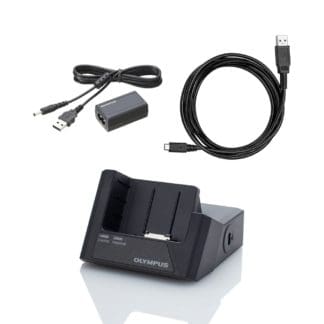Recording a conference or meeting for transcription later can be a tricky task. There are lots of different things you need to take into consideration. Some of those things are microphone placement, the acoustics of the room you’re recording in, whether or not you’ll need multi-channel recording, etc. Today, we’re going to talk about single-channel versus multi-channel recording.
Single-channel recording is what most are familiar with. This is when you have all the recorded sound taken in by a single or multiple microphones, but all the audio is compressed into the same file, with no way to separate sections of the audio for playback. If three people are all talking at once, a single channel recording would be very hard to transcribe because you cannot separate the individual parties or channels and listen to one person at a time.
Multi-channel recording is very different. If you record a meeting with two-channel recording, you can separate the two channels at the time of playback to better hear parties when they are speaking at the same time, or if the parties are far away from one another like in a courtroom. Courtrooms often utilize four-channel recording by placing a microphone at the judge’s bench, witness stand and both the plaintiff and defendant tables. When it’s time to transcribe word for word what occurred in the trial, those doing transcription can isolate any combination of channels for playback and accurate documentation.
If you’re getting ready to record a meeting, think about whether or not it would be beneficial for you to consider a multi-channel recording system. After all, it can streamline transcription, save time and is an additional way to ensure that you have accurate documentation.


